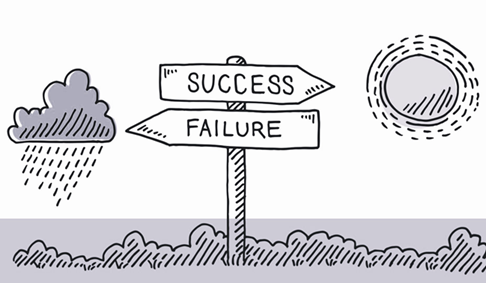Pricing your product accurately is crucial for business success. It’s a balancing act that can determine your profitability, market competitiveness, and customer satisfaction. But how do you know if you’ve hit the right price point? Here are key indicators and strategies to ensure your product is priced correctly.
Understanding Your Market
First and foremost, understanding your market is essential. Conduct thorough market research to see how similar products are priced. Analyze competitors and understand the price range that customers are willing to pay. This will give you a benchmark to position your product.
Evaluating Cost and Margin
Ensure you cover all costs associated with your product, including production, marketing, and distribution. Once you know your costs, determine a margin that aligns with your financial goals. A healthy margin ensures sustainability and growth.
Customer Feedback
Listening to your customers can provide valuable insights. Surveys, reviews, and direct feedback can indicate whether your price is perceived as fair or too high. If customers consistently mention price as a deterrent, it might be time to reassess.
Sales Volume and Revenue
Monitoring your sales volume and revenue over time can reveal much about your pricing strategy. If sales are slow, your price might be too high. Conversely, if products are flying off the shelves, you might be able to increase the price slightly without affecting demand.
Price Elasticity
Understanding the price elasticity of your product can help. If small price changes significantly impact your sales volume, your product is price-sensitive. Testing different price points can help you find the sweet spot where profitability and demand meet.
Competitive Analysis
Regularly check on your competitors. If they adjust their prices, it might impact your pricing strategy. Staying competitive is essential, but ensure you don’t compromise your value proposition or brand integrity.
Value Perception
Consider the perceived value of your product. Customers are willing to pay more for products they perceive as higher quality or offering unique benefits. Communicate your product’s value effectively through marketing and customer service.
Price Testing
Implement A/B testing by offering the same product at different prices to different customer segments. Analyze the results to determine which price point yields the best balance of sales and profit.
Conclusion
Pricing is not a one-time decision but a dynamic aspect of your business strategy. Regularly reviewing and adjusting your prices based on market trends, costs, and customer feedback ensures you remain competitive and profitable. By following these strategies, you can confidently answer, “Did you price your product right?” with a resounding yes.
Who we are: Funded.com is a platform that is A+ BBB accredited over 10+ years. Access our network of Angel Investors, Venture Capital or Lenders. Let us professionally write your Business Plan.










